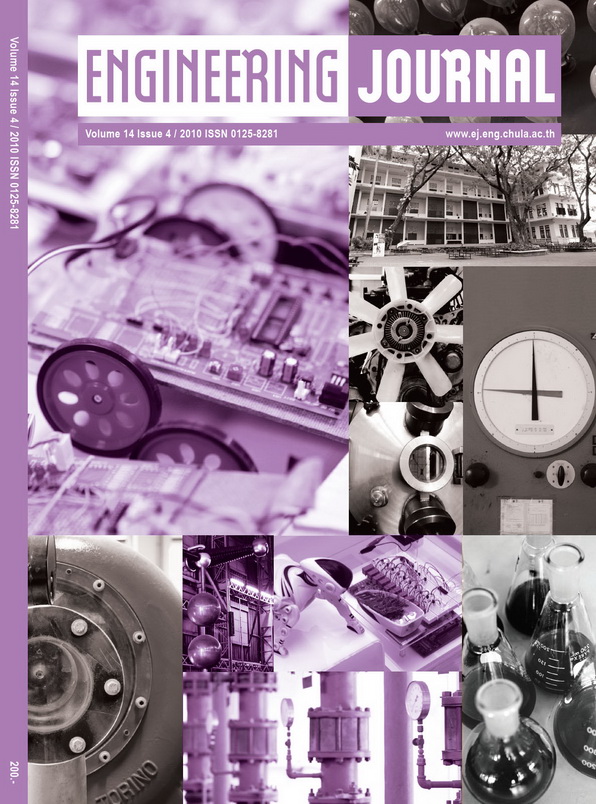Quadra-Quantum Dots and Related Patterns of Quantum Dot Molecules: Basic Nanostructures for Quantum Dot Cellular Automata Application
DOI:
https://doi.org/10.4186/ej.2010.14.4.41Abstract
Laterally close-packed quantum dots (QDs) called quantum dot molecules (QDMs) are grown by modified molecular beam epitaxy (MBE). Quantum dots could be aligned and cross hatched. Quantum rings (QRs) created from quantum dot transformation during thin or partial capping are used as templates for the formations of bi-quantum dot molecules (Bi-QDMs) and quantum dot rings (QDRs). Preferable quantum dot nanostructure for quantum computation based on quantum dot cellular automata (QCA) is laterally close-packed quantum dot molecules having four quantum dots at the corners of square configuration. These four quantum dot sets are called quadra-quantum dots (QQDs). Aligned quadra-quantum dots with two electron confinements work like a wire for digital information transmission by Coulomb repulsion force, which is fast and consumes little power. Combination of quadra-quantum dots in line and their cross-over works as logic gates and memory bits. Molecular Beam Epitaxial growth technique called 'Droplet Epitaxy' has been developed for several quantum nanostructures such as quantum rings and quantum dot rings. Quantum rings are prepared by using 20 ML In-Ga (15:85) droplets deposited on a GaAs substrate at 390oC with a droplet growth rate of 1 ML/s. Arsenic flux (7'8'10 - 6Torr) is then exposed for InGaAs crystallization at 200oC for 5 min. During droplet epitaxy at a high droplet thickness and high temperature, out-diffusion from the centre of droplets occurs under anisotropic strain. This leads to quantum ring structures having non-uniform ring stripes and deep square-shaped nanoholes. Using these peculiar quantum rings as templates, four quantum dots situated at the corners of a square shape are regrown. Two of these four quantum dots are aligned either or, which are preferable crystallographic directions of quantum dot alignment in general.
Downloads
Downloads

Authors who publish with Engineering Journal agree to transfer all copyright rights in and to the above work to the Engineering Journal (EJ)'s Editorial Board so that EJ's Editorial Board shall have the right to publish the work for nonprofit use in any media or form. In return, authors retain: (1) all proprietary rights other than copyright; (2) re-use of all or part of the above paper in their other work; (3) right to reproduce or authorize others to reproduce the above paper for authors' personal use or for company use if the source and EJ's copyright notice is indicated, and if the reproduction is not made for the purpose of sale.









